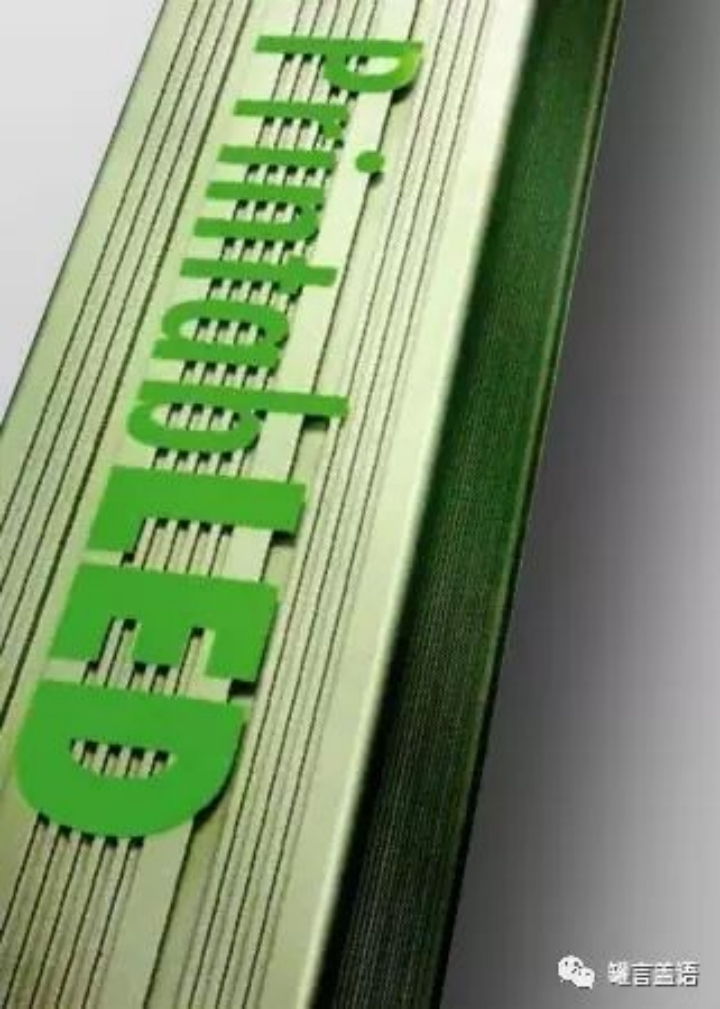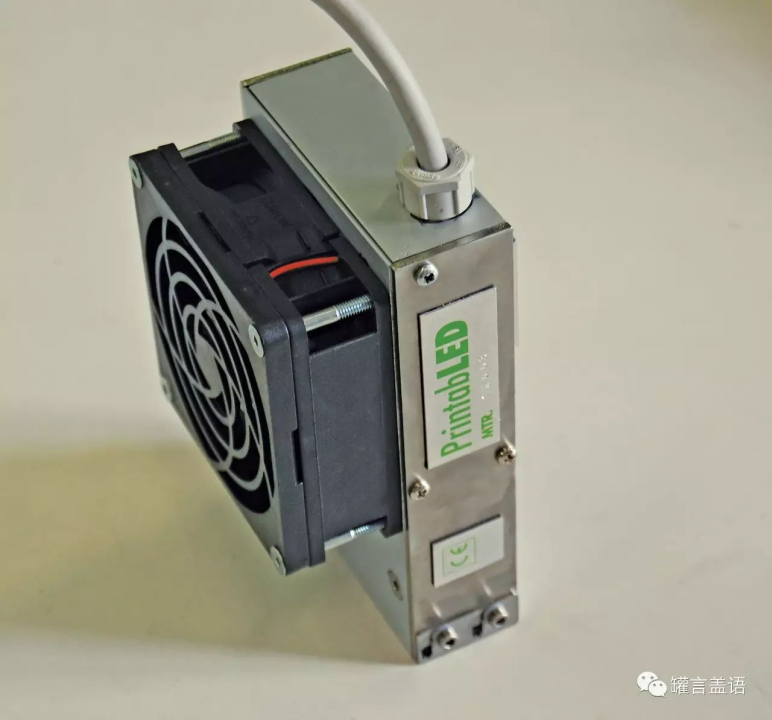Two-piece Can Ten-color Keyless Inking Printing System
With the landmark two-piece beverage can printing system CS MetalCan, KBA-MetalPrint GmbH, the market leader in printing and coating iron equipment and ovens, has won the MetPack 2017 Innovation Award Silver Award, while also breaking the field A situation dominated by companies such as Stolle and Unimaq for a long time. Together with the pin oven/belt oven, this system forms the two-piece can solution Can Solutions.
KBA Metal Printing is a subsidiary of Germany’s KBA Group, the world’s second largest supplier of offset presses, whose 200 years of deep roots and innovation in printing technology have led to the breakthrough two-piece can printing system CS MetalCan, which has The metal printing industry sets new standards.
As the first ten-color printing system in beverage can printing with a keyless inking unit and a state-of-the-art drive, CS MetalCan responds to the market’s demand for increasingly frequent job changeovers and more diverse products. The perfect interaction of the components optimizes print quality, productivity and safety.
Ten-color printing, keyless inking technology achieves the best print quality. The ten keyless inking units not only provide two-piece beverage can designers with complete, new chromatographic options, but the modular design also enables short-term changeovers.
The keyless inking unit from KBA, specially developed for the printing of two-piece beverage cans, consists of a temperature-controlled anilox transfer roller, an inker roller, and different transfer roller combinations for reliable key color inks coated.
The inking unit is modular and easy to replace. In addition, the inking unit is compatible with all installation positions and can therefore be removed and repositioned in the shortest possible time.
High automation greatly improves productivity, and the changeover time is less than 10 minutes. The main motor of CSMetalCan is specially designed to reach a maximum speed of 2500 cans/min. In particular, the keyless inking technology is an excellent assist at this extreme speed – due to the reduced thickness of the ink layer on the ink roller of the inking unit, the phenomenon of ink splattering is less likely to occur.
The system uses a unique drive concept. Each inking unit and blanket unit adopts a dedicated drive device to achieve independent drive. Digital driveshafts ensure 100% synchronisation of the inking units.
The plate changer, designed for two-piece beverage cans, is modular in design to accommodate quick plate changes. During the production process, the printing plate of the next job can be put into the plate loading channel at the same time. When a “change plate” command is given, the complete set or selected plates are automatically replaced. The old plate is first unloaded from the plate cylinder and then slid into the discharge channel to make way for the new plate to be installed. Whether it is a single plate or all plates, the entire plate change process takes about 1 minute.
When changing the plate, the blanket can be changed at the same time. The optional blanket changer is a fully automatic system. The pre-prepared blankets are placed in a convenient box and supplied to the blanket changer. When the “change blanket” command is given, the blanket currently in use is first moved into a separate discharge box, and then the new blanket is installed on the blanket cylinder, and the blanket replacement takes about 4 minutes.
In addition, CS MetalCan can prepare jobs for the next job during production, such as preparing printing plates and preparing inks on inking units that are not currently in use. The makeready process can occur in parallel with ongoing production, making job changes faster than ever – makeready time (changeover time) has dropped from 25 minutes to less than 10 minutes!
Safer The dramatic increase in automation, and the defined interactions between machine modules, also frees the operator from the hectic shuttle between the printing units. On the one hand, high automation creates a safety-oriented working environment for the operator; on the other hand, CS MetalCan also adopts a specially designed protection concept to eliminate all possible hazards to the operator in the working environment.


